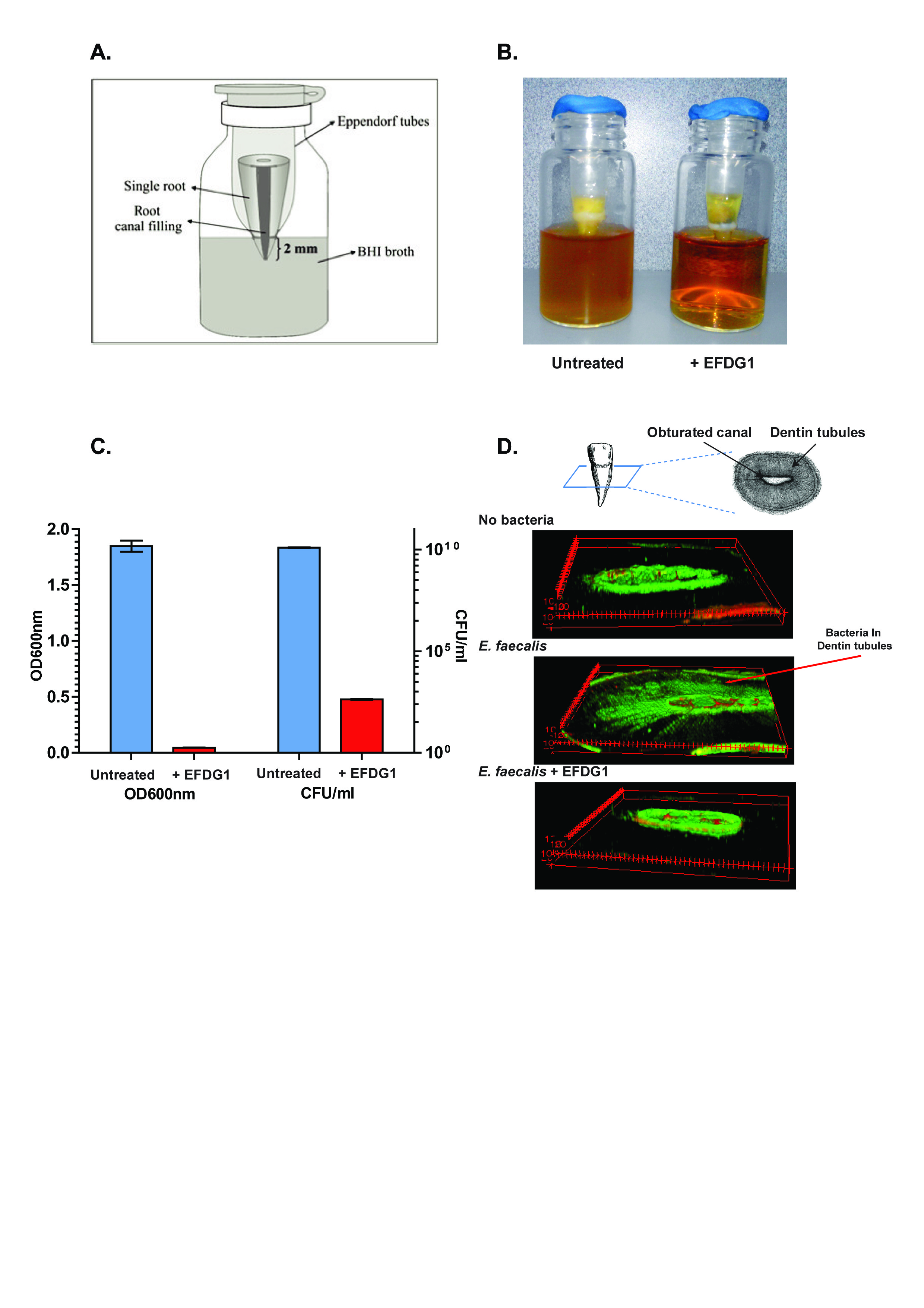IADR Abstract Archives
Unbearable Lightness of Phage Therapy and its Use in Dentistry
Objectives: Multi-drug resistant (MDR) microorganisms continuously challenge antibiotics’ efficacy. Consequently the development of non-antibiotic based alternative treatment is paramount. A promising approach is bacteriophage (phage) therapy, a process in which phages are utilized to treat bacterial infections. Phages are easily isolated, destroy biofilm, highly specific and have a dynamic reproduction directly correlated with their target. Since dental disease are associated with biofilm bacterial infections obstinate to antibiotic treatment, they are an attractive target for phage therapy. However, the approach of phage therapy is challenged by the oral microbiome, which consists ~1000 bacterial species.
Our long term goal is to establish phage therapy as a tool in dentistery.
Methods: We use common methods in microbiology, molecular biology and NGS sequencing.
Results: Previously we isolated two bacteriophages that successfully eradicate vancomycin resistant Enterococcus faecalis (V583), a life threatening pathogen that was defined by the CDC as a major threat. We have shown as proof of concept efficacy against V583 in an ex-vivo model of human teeth, and currently we are in the midst of in vivo experiments in a rat model. Moreover, we easily isolated a new phage (EFLK1) to a resistant mutant (EF_EFDG1) that emerged during experiments. This situation with antibiotics in most cases is hopeless, while with phage therapy can be overcome.
Both phages were visualized by electron microscopy and their coding sequences were determined by whole genome sequencing revealing that they both belong to the Myoviridae family of phages. The antibacterial efficacy of the phages was evaluated in vitro against planktonic and biofilm cultures. Interestingly, despite their similarity their antibacterial activity was different. While EFDG1 efficiently eradicated E. faecalis in logarithmic phase, EFLK1 highly affected bacteria in stationary phase.
In addition to that, we are in the process of isolating novel phages against other dental bacteria in order to create a large phage collection of anti-oral bacteria.
Conclusions: We believe that despite the difficulties, by targeting the right key organisms, phage therapy and phage prophylaxis are promising approaches in dentistry.
Our long term goal is to establish phage therapy as a tool in dentistery.
Methods: We use common methods in microbiology, molecular biology and NGS sequencing.
Results: Previously we isolated two bacteriophages that successfully eradicate vancomycin resistant Enterococcus faecalis (V583), a life threatening pathogen that was defined by the CDC as a major threat. We have shown as proof of concept efficacy against V583 in an ex-vivo model of human teeth, and currently we are in the midst of in vivo experiments in a rat model. Moreover, we easily isolated a new phage (EFLK1) to a resistant mutant (EF_EFDG1) that emerged during experiments. This situation with antibiotics in most cases is hopeless, while with phage therapy can be overcome.
Both phages were visualized by electron microscopy and their coding sequences were determined by whole genome sequencing revealing that they both belong to the Myoviridae family of phages. The antibacterial efficacy of the phages was evaluated in vitro against planktonic and biofilm cultures. Interestingly, despite their similarity their antibacterial activity was different. While EFDG1 efficiently eradicated E. faecalis in logarithmic phase, EFLK1 highly affected bacteria in stationary phase.
In addition to that, we are in the process of isolating novel phages against other dental bacteria in order to create a large phage collection of anti-oral bacteria.
Conclusions: We believe that despite the difficulties, by targeting the right key organisms, phage therapy and phage prophylaxis are promising approaches in dentistry.

